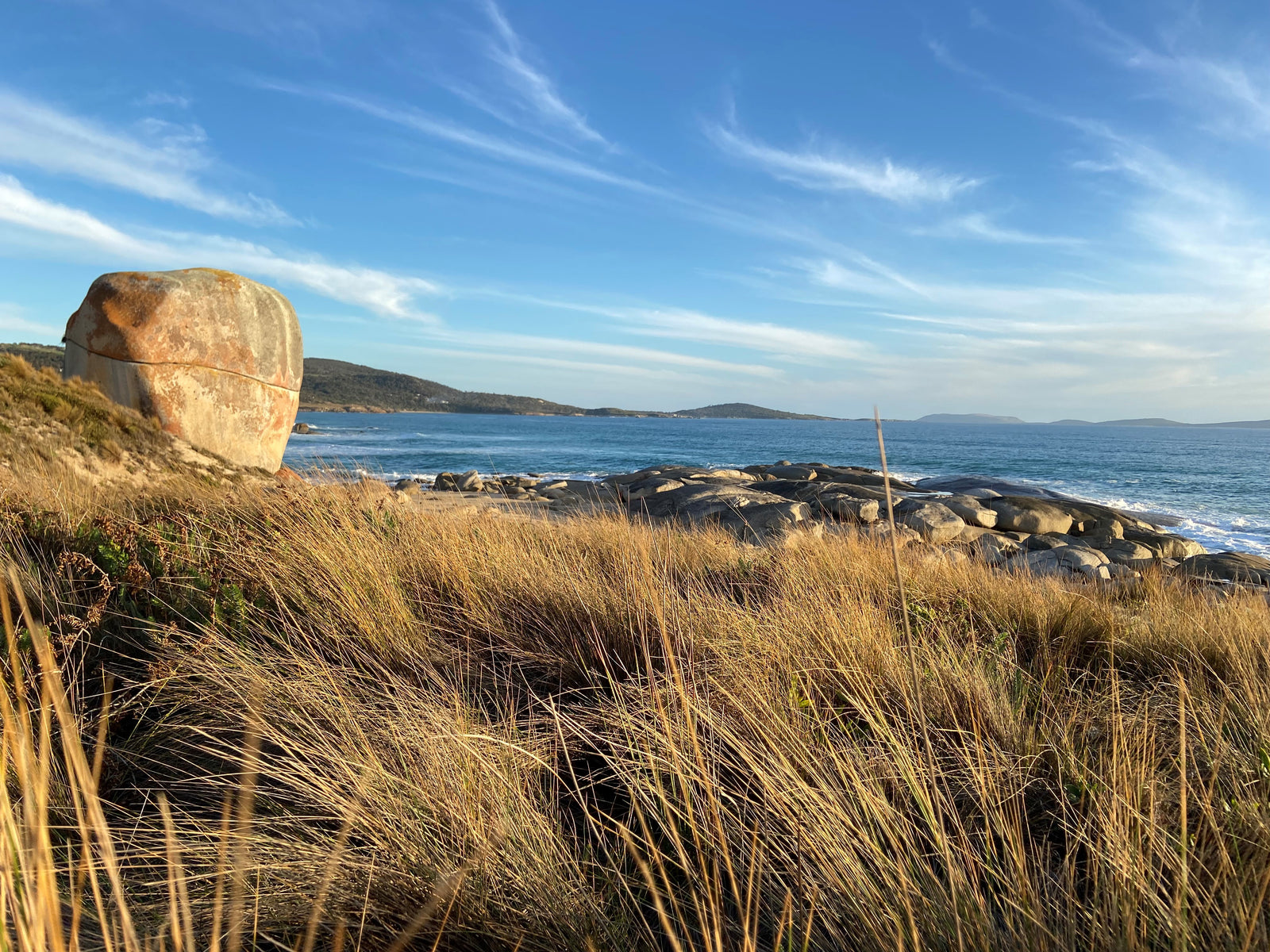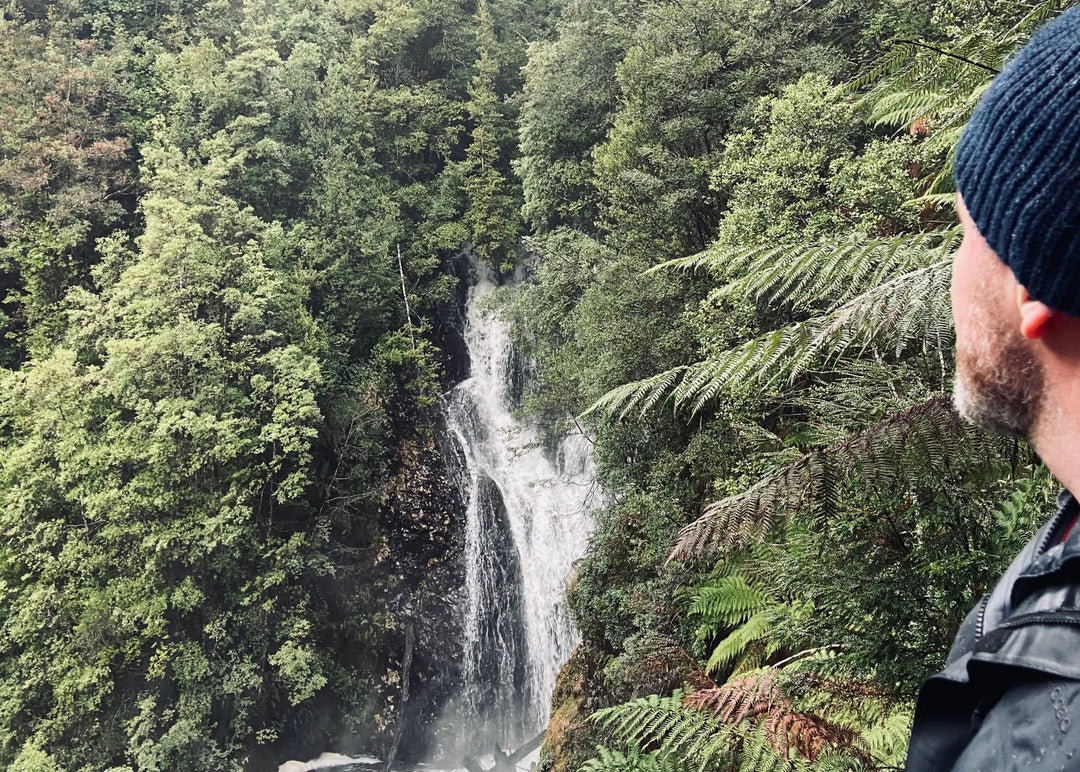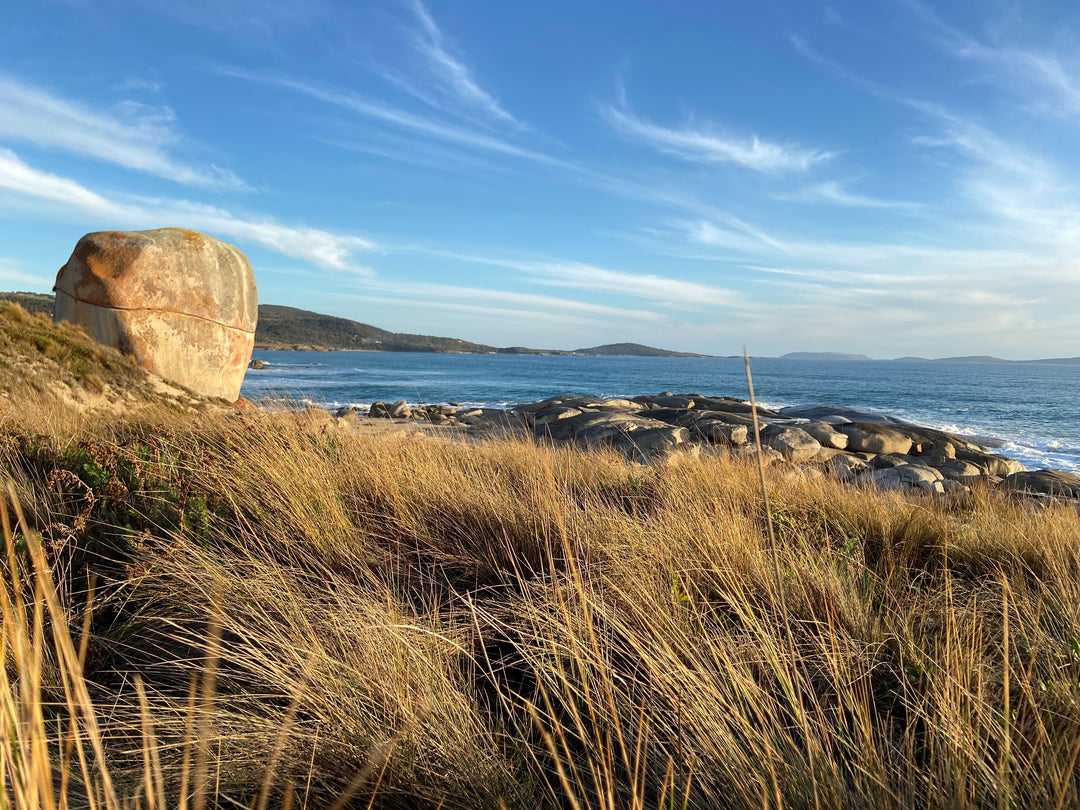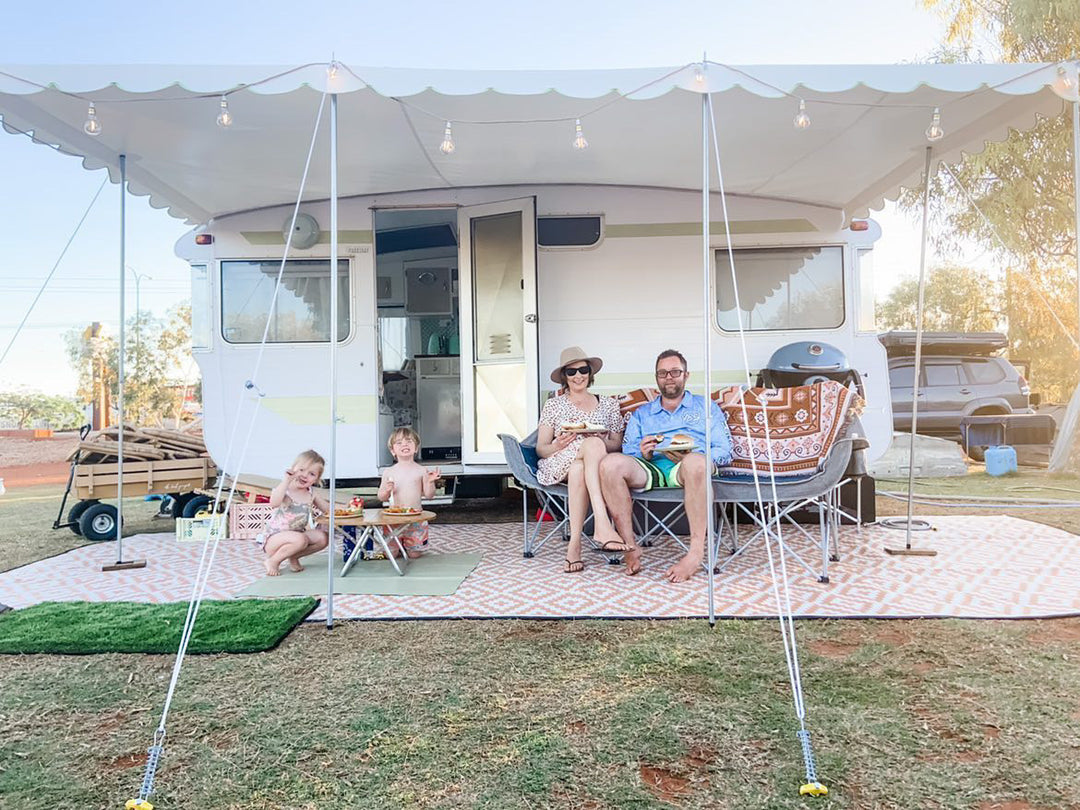Discovering Flinders Island

Discovering Flinders Island
Flinders is the largest of the islands in the Furneaux Group. Taking its name from British navigator Matthew Flinders, this 1300km2 of wild beauty was once known as Great Island. One could say it’s kind of a shame that the name changed - this rugged landmass is indeed great.
In fact, it’s nothing short of spectacular.
Getting to Flinders is an adventure in itself. The standard means of transport is a scenic flight from Victoria or Tasmania. Jumping on a small plane and hopping out into the Strait is the start of an experience to remember. Breathtaking views take in rugged mountains, inlets, beaches, and a myriad of smaller islands sprinkled throughout the Furneaux Group. It’s a photographers dream to say the least.
Flinders is an outdoor paradise. The backbone of the island is a striking mountain range flanked by forest. The granitic peaks are often shrouded in cloud. Walks reward quickly here, and the two major climbs to get under your belt are Mt Strzelecki in the south, and Mt Killiecrankie in the island’s north. Both are moderately steep adventures, requiring a little boulder hopping towards the summits. The rewards are well worth the effort. Avoid the wind if possible, the prevailing Roaring Forties mean it can get hairy up there! Pick a calm, clear day and you’ll be rewarded with glorious views across the island’s heartland as well as wild expanses of coastline and offshore jewels.
Back at sea level, adventure abounds. There is a deserted beach at every turn on Flinders Island. From the well photographed Trousers Point, to the never-ending stretch of Marshall Bay. Wander for hours, throw a line in, have a snorkel, paddle your kayak. It’s all there and the combination of pristine water and striking geological features make it simply stunning. If you happen to be lucky, you might even stumble across a paper nautilus shell or a Killiecrankie diamond – both iconic island finds.
What else? Camping, mountain biking, fishing, diving - you name it, Flinders has it in spades. The other thing it has is wildlife. If you’re on the roads, go easy – wombats and wallabies are prolific at dusk. Keep an eye out in ‘town’ (Whitemark), and you might catch a glimpse of ‘the wombat lady’. She’ll undoubtedly have a few orphaned babies in tow that she is raising and will be generous in giving you a cuddle.
Flinders Island’s history is well worth uncovering. The Furneaux Museum provides an excellent overview of the tragic Tasmanian Aboriginal settlement at Wybalenna, numerous shipwrecks, pioneering life, mutton-birding traditions, the post-war soldier-settlement scheme and more. Bowman’s History Room in Whitemark itself is also an intriguing stop. It documents the century old service that the general store has provided to the local community – it’s still owned and operated by the very same family.
With a population of less than 1000, life is quiet on Flinders. A general store, pub, supermarket, post office, bakery and a sprinkling of tiny cafes mean you can access all the essentials. Familiarise yourself with local business hours and appreciate that things don’t open 24/7. You are visiting somewhere very special – follow the lead of the locals and you won’t be disappointed. In fact, chances are you’ll make friends for life.
For more information about camping on Flinders Island click here.
Amanda @The Wildesmith




